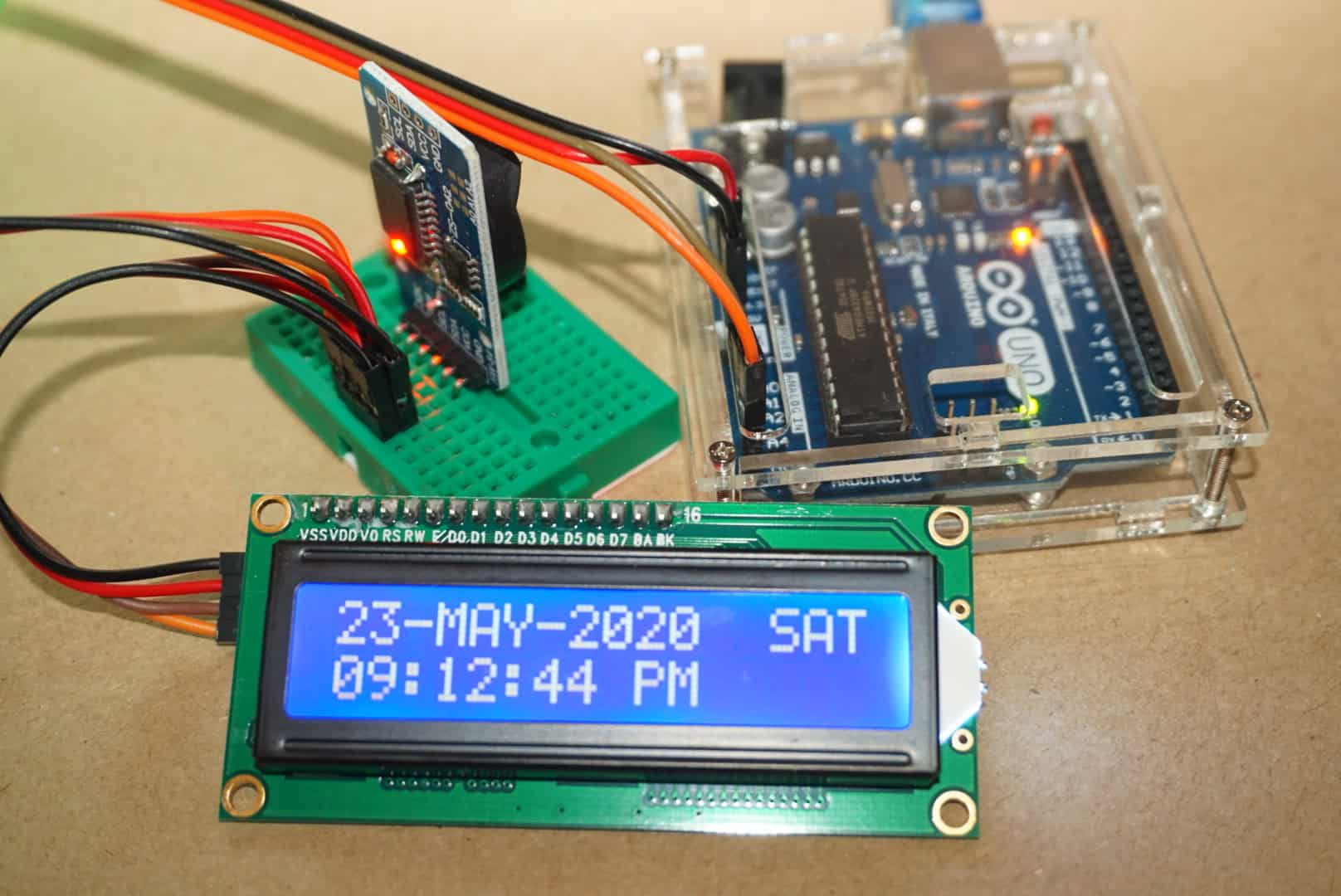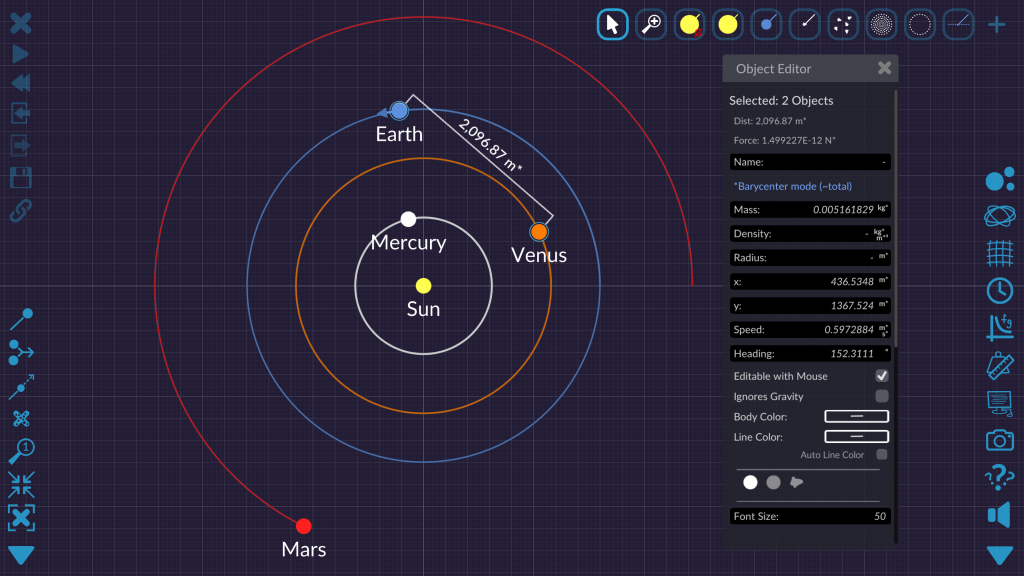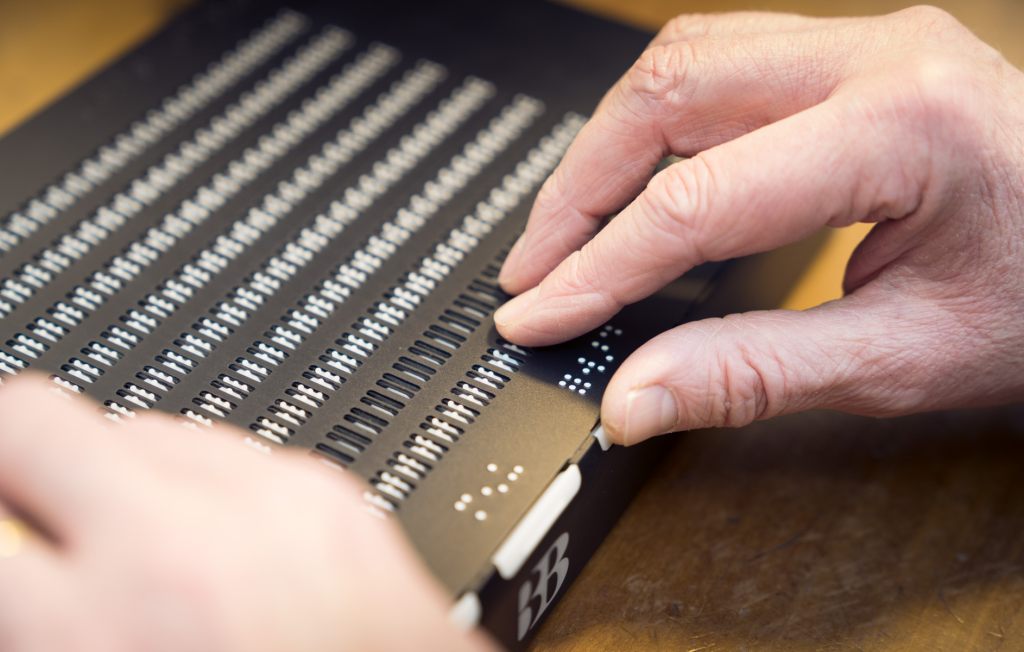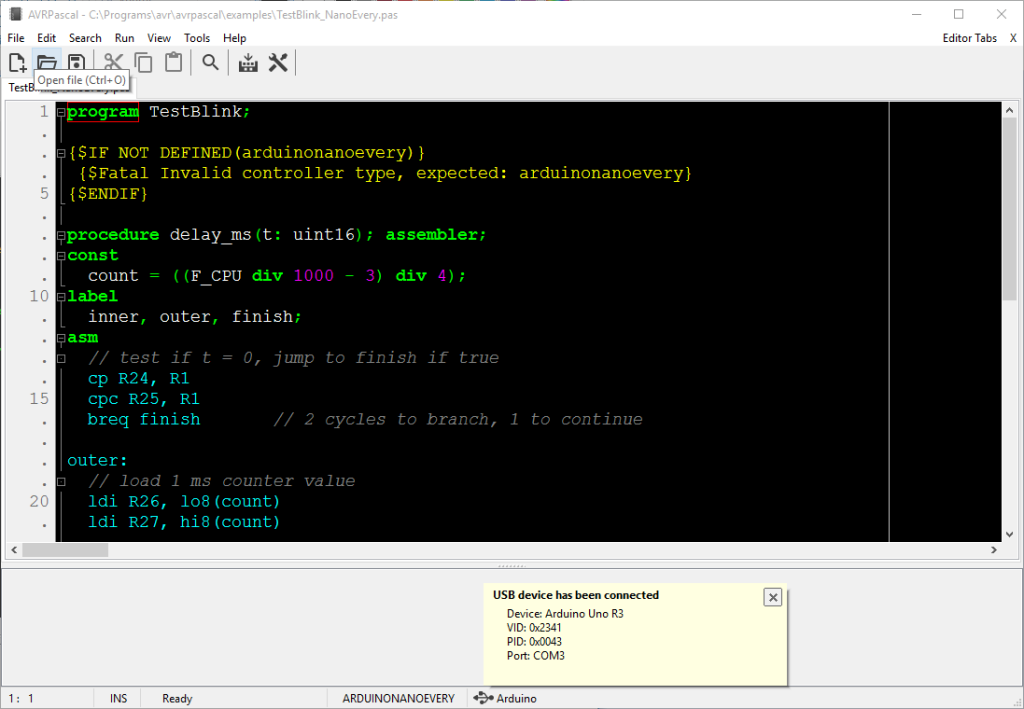Arduino clock modules are an exciting gateway into the world of electronics, allowing hobbyists to delve into clock mechanics while harnessing the power of Arduino technology. These modules, which can effortlessly track time with precision, also offer the remarkable ability to control analog clock hands through innovative Arduino projects. Particularly useful during the twice-a-year daylight saving time adjustments, these modules are designed to function reliably and efficiently, making them a popular choice among makers. With clever electromagnet clock designs at their core, Arduino clock modules reveal fascinating clock module mechanics that appeal to both beginners and experienced developers alike. Whether you’re seeking to build a functional timepiece or experiment with analog clock control in your next project, these modules provide a robust framework for creativity and learning.
Timekeeping has evolved with the invention of sophisticated clock modules powered by microcontrollers like Arduino. These modern devices not only display time with remarkable accuracy but also can be adapted for various applications, including controlling clock hands in stylish analog displays. Utilizing principles of electromagnetism, these innovative tools simplify the complexity of managing time and integrating functions such as automatic adjustments for daylight saving time. As makers explore the intricacies of clock mechanics through Arduino, they unlock possibilities that were once limited to traditional timepieces. Engaging with these digital clocks inspires countless projects and fosters a new understanding of mechanical interactions.
Understanding Arduino Clock Modules
Arduino clock modules are remarkable devices that elevate the concept of timekeeping into the digital realm. These modules, particularly popular in DIY projects, provide an interactive way to manage time digitally. By integrating Arduino programming, users can create elaborate systems that not only tell time but also respond to various inputs, such as buttons to set the time or even adjust for daylight saving time. The fundamental mechanics behind these clock modules involve a crystal oscillator, which maintains accurate time by sending pulses that trigger an electromagnet. This functionality is crucial for developers looking to incorporate clock modules into Arduino projects, as it offers both precision and flexibility.
In addition to basic timekeeping, Arduino clock modules can be creatively employed in various applications. For instance, enthusiasts often enhance these modules with features like temperature displays, programmable alarms, or even light sensors that adjust the brightness based on the environment. With some ingenuity, you can transform a standard clock module into a sophisticated analog clock control system that can adapt to different scenarios or user preferences. By tweaking the Arduino code, you can directly manipulate motor speeds, enabling features such as fast-forward settings that make adjustments for daylight saving time seamless.
Exploring Clock Module Mechanics
Delving into the mechanics of clock modules reveals a fascinating interplay between simple components and intricate control systems. At the core of these clock modules is a gear system that translates the rapid rotations of the electromagnet into the slower movements of the clock hands. Each pulse from the oscillator activates the electromagnet, which in turn causes a magnetic ring to rotate, ultimately leading to the movement of the clock hands. Understanding this mechanism is essential for anyone interested in clock module DIY projects, as it forms the basis for modifications and improvements.
The potential for innovation is vast when you grasp the intricacies of clock module mechanics. For those eager to experiment, substituting the standard gear system with RC servos or stepper motors opens new possibilities for customization. This allows users to achieve precise control over hand movements, enabling features such as setting the clock to reverse or adjust speeds effortlessly. Additionally, exploring the interworkings of an electromechanical clock versus a traditionally engineered one gives insight into how design choices impact functionality. Engaging deeply with these mechanics invites creativity in rethinking how analog clocks can evolve.
Innovative Arduino Projects with Clock Modules
Leveraging Arduino clock modules in innovative projects can transform your ordinary timekeeping into an extraordinary experience. Consider creating a fully automated analog clock that not only tells time but also incorporates features like temperature and humidity readings. By connecting sensors to your Arduino, you can create a clock that displays environmental data alongside the time, making it a multifunctional device. Additionally, integrating a display allows for the implementation of more complex features, such as reading out time via a speaker or visual alerts for unusual conditions. Such projects demonstrate not only the versatility of clock modules but also the power of Arduino in creative engineering.
Another exciting direction for Arduino clock projects involves utilizing actual clocks to create art installations. Combining traditional clock mechanics with the circuitry of Arduino gives artists a chance to explore themes of time and presence interactively. For instance, you could experiment with mechanical setups that allow clock hands to paint or create patterns on a canvas, reimagining the concept of a clock as a dynamic art piece. This intersection of craft and technology exemplifies the potential for Arduino clock modules to be more than mere instruments of time, enriching both the realms of art and engineering.
Adjusting for Daylight Saving Time with Arduino
Daylight saving time can be a hassle, but with Arduino clock modules, adjusting clocks becomes a breeze. By incorporating a simple button within your clock project, you can program your Arduino to automatically shift the time forward or back by an hour on the designated dates. This not only simplifies the process but also provides a demonstration of Arduino’s ability to adapt to real-world applications. Users can engage with the project to learn how automation can ease everyday tasks, making clock management effortless.
Moreover, creating a programmable daylight saving time feature adds a layer of sophistication to your clock projects. You may choose to implement a calendar function within your Arduino system that recognizes when to enact the time change, ensuring accuracy regardless of the current dates. Such an integration will not only serve a practical purpose but also allow you to explore programming concepts like real-time clock (RTC) management and interrupt handling. Overall, addressing daylight saving time with Arduino clock modules exemplifies the synergy between useful application and technological exploration.
Understanding Electromagnet Clocks
Electromagnet clocks showcase a fascinating approach to keeping time, utilizing electromagnetism to function effectively. Unlike mechanical clocks, which rely solely on gears and springs, electromagnet clocks depend on an electric current to manipulate clock movements. As explained in the context of Arduino clock modules, these devices utilize a simple mechanism where an electromagnet interacts with a magnetic ring, turning the clock hands with each pulse. This design not only simplifies construction but also enhances reliability and precision in timekeeping.
Moreover, exploring the principles behind electromagnet clocks allows enthusiasts to build advanced models that can integrate other features. For instance, one could incorporate components such as LED lights that change colors based on the time of day or alarms that signal specific times. The ability to control these features through Arduino programming means that creators can personalize their clocks beyond traditional time-telling functions. This exploration opens new avenues for experimenting with concepts like responsive design and automation in everyday objects.
Reverse Engineering Clock Hands
The ability to reverse the movement of clock hands is a captivating aspect of clock module technology. Recognizing how an Arduino-controlled system can be designed to manipulate hand direction opens up numerous experimental possibilities. By either altering gear mechanics or utilizing stepper motors, creators can achieve precision that allows for both forward and backward movement. This capability adds a layer of sophistication to your Arduino projects, making them not just functional but also whimsical creations that challenge conventional timekeeping notions.
Additionally, grasping the fundamentals of gear reversal can lead to innovative ideas for clock-themed projects. For example, envision creating a clock that tells time in reverse—tracking time until it reaches zero, an intriguing concept for a countdown timer. This functionality showcases the flexibility of Arduino programming, as creators can implement various functionalities while keeping it engaging. By experimenting with reversing clock hand mechanisms, creators are empowered to design entirely new types of analog clocks, blending art, technology, and creativity seamlessly.
The Future of Analog Clock Control
As technology evolves, so does the potential for analog clock control through devices like Arduino clock modules. The future promises not only enhanced time accuracy but also the integration of smart technology that connects analog clocks to the internet. Imagine a clock that can automatically update itself for daylight saving time changes or sync with your smartphone’s alarm system. This level of connectivity can transform traditional analog clocks into smart devices, maintaining their aesthetic appeal while incorporating advanced functionalities.
Furthermore, as DIY culture continues to flourish, more enthusiasts are expected to explore the fusion of analog aesthetics with digital precision. By tapping into their creative impulses, makers will likely develop innovative solutions that bring versatility and personalization to clock modules. Streamlining the clock design process and encouraging user interaction will allow for a new era of engagement with timekeeping devices. The ongoing advancements and creativity surrounding Arduino clock modules indicate a bright future filled with possibilities for both enthusiasts and casual users alike.
Benefits of Customizing Your Clock Projects
Customizing your clock projects not only enhances their aesthetic appeal but also boosts their functionality. By modifying Arduino clock modules, you can integrate features that suit individual needs, from unique designs to additional functionalities. For instance, adding a temperature display or ambient light sensor can create a more interactive experience and respond to changing environments. This customization allows you to transform an ordinary timepiece into a personalized gadget tailored to your lifestyle.
Engaging in customization also offers valuable learning experiences in electronics and programming. Through experimentation, users can gain insights into how various components work together within the clock module, enhancing their understanding of mechanisms like analog clock control. Implementing features like automatic daylight saving time adjustments or feature buttons for alarm functions can deepen your technical skills while cultivating creativity. Such hands-on learning is not just rewarding but essential for aspiring engineers and makers eager to conquer more complex projects.
Frequently Asked Questions
What are Arduino clock modules and how do they work?
Arduino clock modules are devices that allow you to precisely control and display time in various Arduino projects, particularly in analog clock control. These modules utilize a crystal oscillator and an electromagnet to drive the clock hands, which rotate based on the changing magnetic field triggered by the oscillator. This mechanism can be employed in projects to create custom clocks or integrate timekeeping into other applications.
How can I use Arduino clock modules for projects involving daylight saving time?
Arduino clock modules can be programmed to adjust automatically for daylight saving time. By incorporating timing code that recognizes the change in hours, you can easily manage clock adjustments. This capability allows your Arduino projects to function correctly year-round without manual resetting every spring and fall.
Can I control an analog clock using an Arduino clock module?
Yes, you can control an analog clock using an Arduino clock module. By interfacing the module with an Arduino, you can manipulate the clock’s hands through code, allowing for precise time adjustments and custom time displays, perfect for innovative Arduino projects.
What is the difference between Arduino clock modules and traditional clock mechanisms?
The primary difference is the controllability of Arduino clock modules versus traditional clock mechanisms. Arduino modules use digital signals to drive the clock hands, allowing for automated adjustments like those required for daylight saving time. In contrast, traditional mechanisms rely on mechanical gears driven by a battery or spring and require manual adjustments.
How do clock module mechanics work in Arduino projects?
Clock module mechanics in Arduino projects involve using a crystal oscillator to manage timekeeping accurately. The electromagnetic system within the clock module interacts with gears that adjust hand movements, providing a straightforward way to display time through Arduino programming, whether for simple clocks or more complex time-related applications.
Is it possible to replace the electromagnet in an Arduino clock module with an RC servo?
Yes, you can replace the electromagnet in an Arduino clock module with an RC servo to gain more precise control over the clock hands. This method allows for smoother movements and easier programming in your Arduino projects, making it a popular choice for hobbyists looking to craft customizable analog clocks.
What are some creative uses for Arduino clock modules beyond standard timekeeping?
Beyond standard timekeeping, Arduino clock modules can be used in various applications such as smart home systems, educational projects about clock mechanics, or even integrating with IoT devices for synchronized time displays. These versatile modules open up many creative possibilities for Arduino projects.
How do I reverse the hands on an Arduino clock module?
To reverse the hands on an Arduino clock module, you can implement a method to change the polarity of the electromagnet, which can cause the hands to move in the opposite direction. Alternatively, you could swap the mechanism with a different motor setup, like an RC servo, which typically offers more reliable control over the hand direction.
| Feature | Description |
|---|---|
| Basic Clock Module Design | Operates on a single AA battery with a knob to set the time and a few hands to indicate hours. |
| Mechanism of Operation | Utilizes a crystal oscillator and an electromagnet to control gears for timekeeping. |
| Hand Control | Hands can be controlled directly by disconnecting the electromagnet from the circuit. |
| Speed Limitations | Mechanical restrictions limit the hands’ movement speed to about 100 times the normal. |
| Reversing Hands | Can reverse hand movement via a method involving the drive gear, though reliability may vary. |
| Alternative Mechanisms | Can use RC servos or other motors to control hands instead of the original drive mechanism. |
Summary
Arduino clock modules are an innovative approach to enhancing traditional clock designs. By utilizing Arduino technology, these modules empower users to have precise control over clock hands, allowing adjustments beyond conventional means. With mechanisms that involve crystal oscillators and electromagnets, users can explore fascinating ways to customize their timekeeping experience. This opens up new possibilities for creating easily controllable analog clocks, perfect for anyone interested in DIY electronics.



